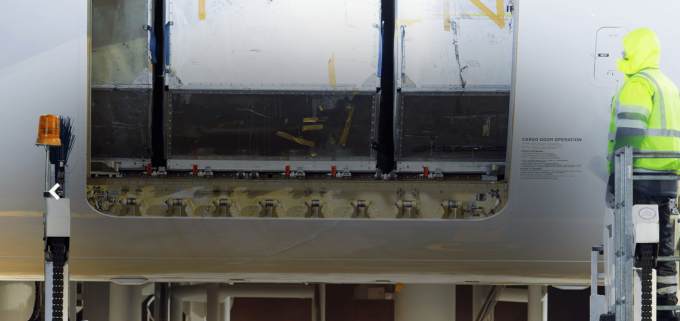Business case for commercial use of the Beluga 'was not there', says Airbus
Airbus has taken the “reluctant” decision to axe the commercialisation of its heavylift Beluga aircraft, ...

As the first B737-800 freighter enters commercial service, the push for the larger A321 cargo aircraft is gathering momentum.
With delivery of the first A321 freighter less than 20 months away, the new entrant’s biggest backer has turned on the spigot for conversion feedstock.
Vallair, the launch ...

Comment on this article